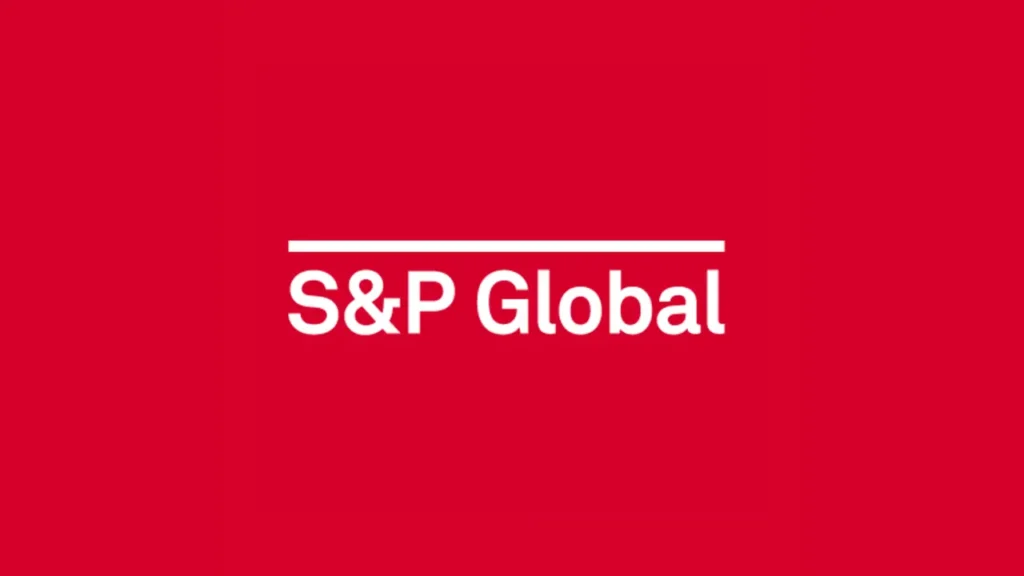Pakistan’s budget deficit is expected to widen more than planned in the coming year, as slower growth and tough revenue targets weigh on the government’s finances, according to a new forecast by S&P Global Market Intelligence.
The fiscal deficit is projected to hit 5.1 per cent of GDP, well above the government’s estimate of 3.9 per cent. At the same time, S&P expects the economy to grow 3.6 per cent in the 2026 fiscal year, falling short of the official 4.2 per cent target.
The outlook suggests that while headline indicators may improve, challenges under the surface may remain. Inflation is seen easing further, with consumer price increases slowing to 3.9 per cent in 2025 and 6.3 per cent in 2026. That may give the government some space to continue targeted relief for lower- and middle-income households, along with support for small businesses facing higher costs.
In the industrial sector, a broader recovery is expected, particularly in large-scale manufacturing, which is forecast to grow by 5.7 per cent in 2026. S&P believes that recovery will be more entrenched than in previous years, supported by stabilising demand.
The budget presented by the coalition government outlines a commitment to fiscal consolidation that broadly matches market expectations. According to S&P, this is critical for staying on track with the IMF programme, key for unlocking concessional loans and rolling over debt from traditional partners and multilateral lenders.
Even so, much depends on the government’s ability to deliver on its revenue-raising plans. The proposed measures include a carbon tax on fuel and stepped-up taxation of the wholesale and retail sectors. While widespread resistance is not expected, isolated protests, particularly over fuel-related taxes, could emerge in some cities.
There are also doubts over whether the government can hit its revenue targets. Similar goals have been missed in the past, and any shortfall would likely squeeze development spending, which has already been trimmed. Instead, more funds would be diverted to current expenses, especially interest payments and defence.
Defence spending is set to rise, partly due to recent security tensions. Most of the increase is expected to go towards new arms and military hardware, such as fighter jets and missile defence systems. Personnel costs are handled separately and are not part of this allocation.
Another concern flagged by S&P is the government’s continued reliance on indirect taxes, which tend to feed inflation as businesses pass costs on to consumers.





